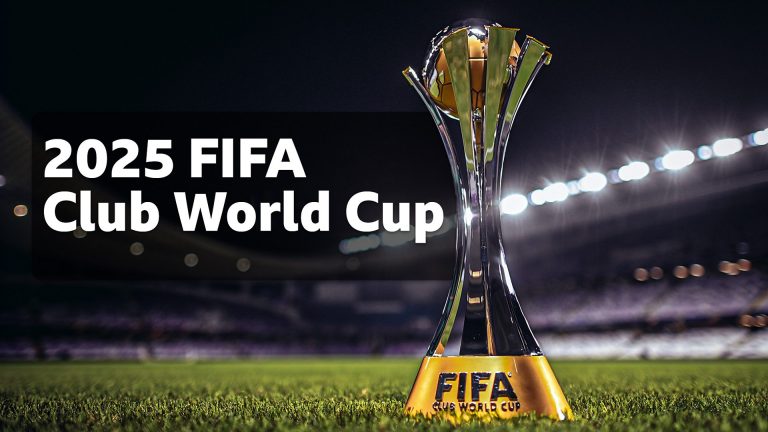Home » Unveiling Club World Cup 2025: Your Ultimate Guide!
Unveiling Club World Cup 2025: Your Ultimate Guide!

Football is a sport that is always changing, and new ideas are needed to keep it growing and attract more fans. To stay competitive in a market that is growing, the world’s and Europe’s biggest football clubs work hard to meet the changing needs of fans and followers. Recent transformations in prestigious leagues, such as UEFA’s revamped Champions League, indicate an important shift towards more dynamic and engaging competitions.
UEFA Champions League: A New Dawn
UEFA, a pioneer in football organization, bid farewell to the traditional group stage format of the Champions League, embracing a unique classification system. This shift mirrors a national championship structure, aligning more closely with the aspirations of clubs, particularly those championing the Superalloy project.
FIFA’s World Club Revolution
Simultaneously, FIFA initiated a revolution in its own domain with the World Club competition. Departing from the previous format, where each continent was represented by its reigning continental champion, the new structure ensures participation from champions worldwide. European, South American, Central-North American, African, Asian, and Oceanic champions will now vie for glory on a global stage.
A Glimpse into the Future: World Club 2025
In a groundbreaking move, FIFA announced a comprehensive reform resulting in the birth of the new World Club in 2025. This quadrennial event, reminiscent of the World Cup for national teams, promises to be a highlight in the football calendar. The United States has been chosen as the host nation for the inaugural edition, introducing a fresh perspective and anticipation to the football community.
The Tournament Dynamics and Team Participation
The tournament structure closely mirrors that of the traditional World Cup, featuring eight groups of four teams each. The top two teams from each group advance to the knockout stage, leading to the ultimate showdown where the crowned club will be hailed as the World Club Champion.
The participating teams will total 32, distributed as follows:
- Europe: 12 teams
- South America: 6 teams
- Asia: 4 teams
- Africa: 4 teams
- Central and North America: 4 teams
- Oceania: 1 team
- Host Nation: 1 team
UEFA’s Allocation Criteria
For Europe, with its 12 available slots, UEFA employs a meticulous allocation system. Four spots are reserved for the winners of the last four editions of the Champions League, while the remaining eight are determined by the cumulative rankings over the preceding four years. The points are accumulated based on performances in the Champions League and, notably, the Conference League.
However, UEFA allows each nation a maximum of two teams, with the exception being if more than two clubs from the same nation win their respective continental competitions within the four-year period.
UEFA Ranking System
The UEFA coefficient, crucial for determining club rankings, is calculated by summing the points acquired in the Champions League and the Conference League. Specifically, the coefficient considers the higher value between the total points from the four previous seasons and 20% of the federation’s coefficient over the same period.
Points in the Champions League are awarded as follows:
- 2 points for a win from the group stage onward
- 1 point for a draw from the group stage onward
- 4 bonus points for participating in the group stage
- 4 bonus points for reaching the round of 16
- 1 point for progressing beyond the round of 16
The latest UEFA rankings, as of December 2023, exclude English teams due to the Premier League’s full allocation thanks to the triumphs of Chelsea and Manchester City. Notable qualifiers include Real Madrid, Bayern Munich, Inter, and Paris Saint-Germain.
- Manchester City: 139,000 points
- Bayern Munich: 136,000 points
- Real Madrid: 123,000 points
- PSG: 108,000 points
- Liverpool: 107,000 points
- Inter: 99,000 points
- Chelsea: 96,000 points
- Leipzig: 96,000 points
- Manchester United: 92,000 points
- Rome: 91,000 points
- Barcelona: 85,000 points
- Borussia Dortmund: 85,000 points
- Sevilla: 84,000 points
- Atletico Madrid: 84,000 points
- Juventus: 80,000 points
- Napoli: 79,000 points
- Bayer Leverkusen: 78,000 points
- Villarreal: 75,000 points
- Porto: 75,000 points
- Benfica: 72,000 points
